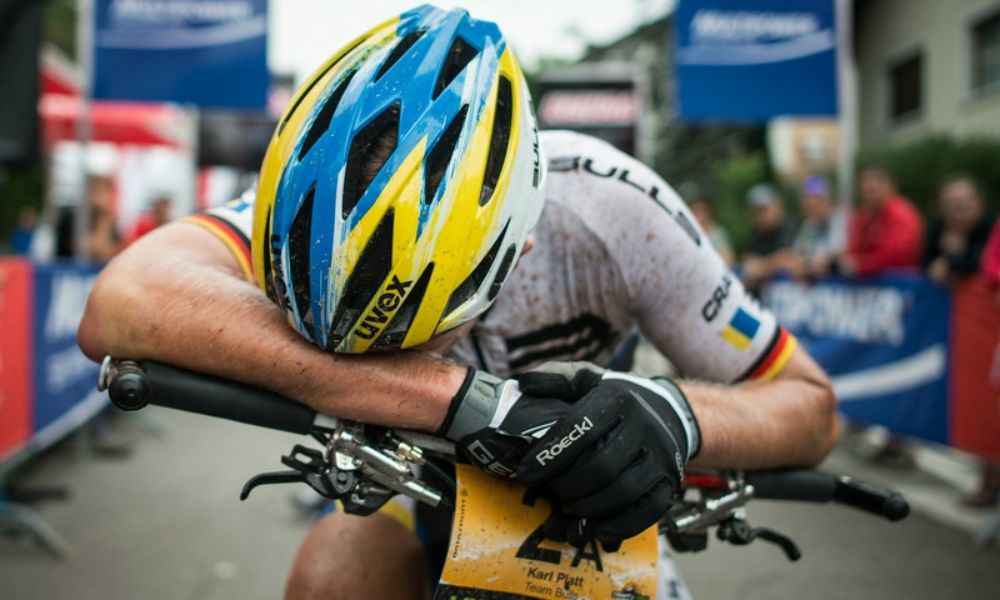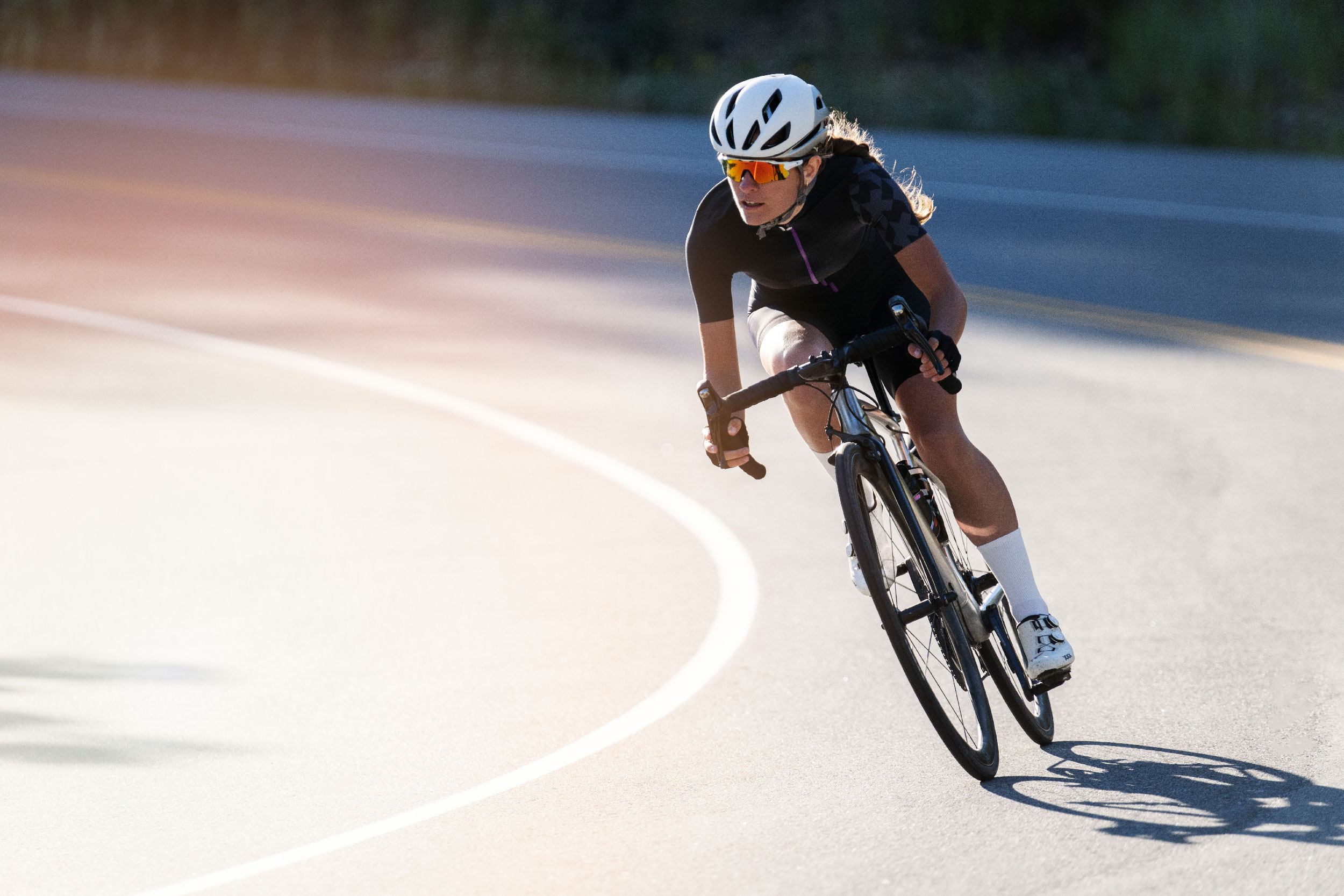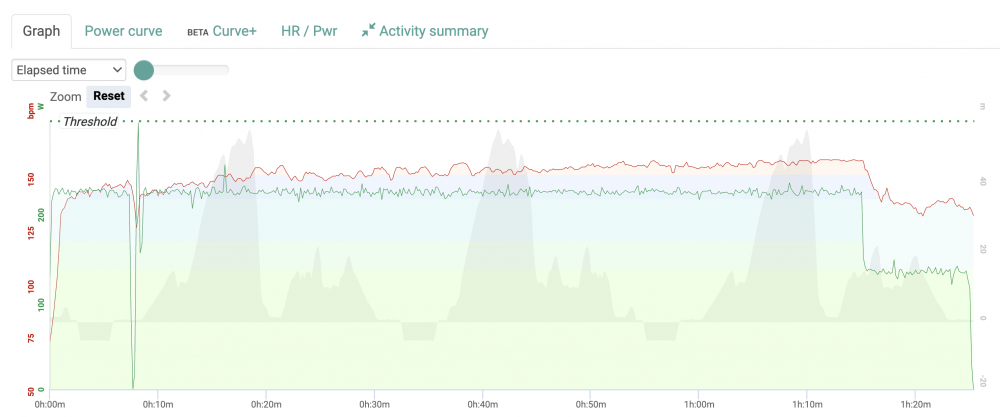
Thermal stress due to heat
Training or competing in the heat can cause significant declines in the performance of any athlete.. In some cases, of the 6 al 16%. But, being an individual response to heat, why is this happening? Next, We show some causes:
- Dehydration and greater loss of salts and minerals through sweating.
- Decreases sysol volume and increases heart rate.
- Increases body temperature.
- Increases the use of glycogen as an energy substrate.
- stomach problems.
- Increases the feeling of effort caused by thermal discomfort.
One of the main symptoms that the heat is affecting our performance is that the cardiac drift. This is an increase in heart rate (HR) and a decrease in stroke volume (amount of blood our heart pumps with each beat), which is caused by a loss of plasma volume (total blood volume) through sweating. This will be produced to try to cool and maintain our body temperature, avoiding exceeding certain temperatures. So, our body avoids more serious situations for our health, What can heat stroke be like?, in some cases, can cause death.
All this drift, and the mechanisms that are activated to avoid heat stress, They are produced by our nervous system. It will slow down our performance when our body temperature reaches very high temperatures that can cause damage to our body..
It should be noted that the maximum temperature that our body is able to tolerate would be around 40º in trained endurance athletes..
Even so, Avoiding reaching these temperatures can help us prevent greater energy expenditure., since we will work at a lower FC. Different studies show that the longer it takes for our body to reach high temperatures, or it does not arrive at all, he blood lactate will also be lower. In cases where this temperature is not so high compared to other subjects in the same test. But, in this case, will be more linked to the degree of dehydration that the athlete has.
Therefore, it could be interesting that, input, The athlete starts the competition with the lowest possible temperature. Using cooling strategies, such as using refrigerated clothing such as ice vests, immersion in cold water or drinking liquid at very low temperatures (Arngrïmsson et al 2004).
Finally, We must also take into account that to withstand the thermal stress produced by heat, we must use nutritional strategies that allow us replenish electrolytes. It could be the sodium, Therefore, it is advisable to consume isotonic drinks., since many of them provide adequate concentrations of electrolytes and carbohydrates.
Burn out or oversight
Fatigue over more fatigue, Train and train, without resting much and if we do, from Mala mane
Sleep and aerobic performance
It is already known to many that sleep influences the performance of the endurance athlete or anyone.
Cardiac drift
Continuing with the theme of the cardiovascular system, maybe you have heard about ca drift





